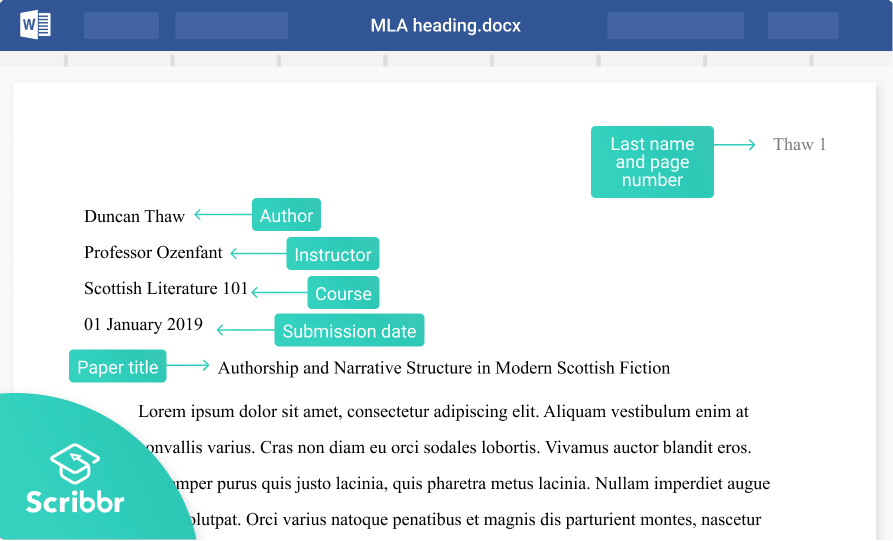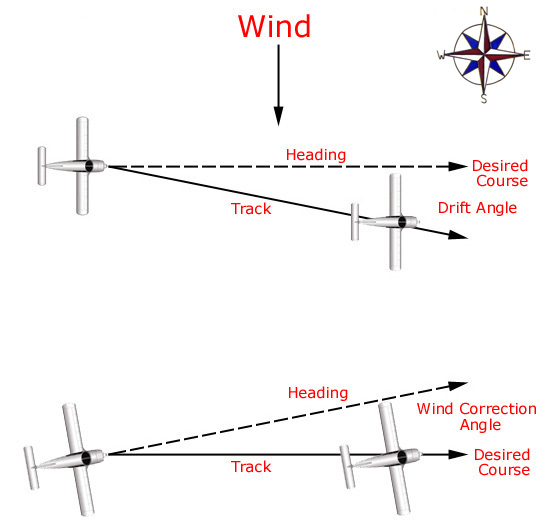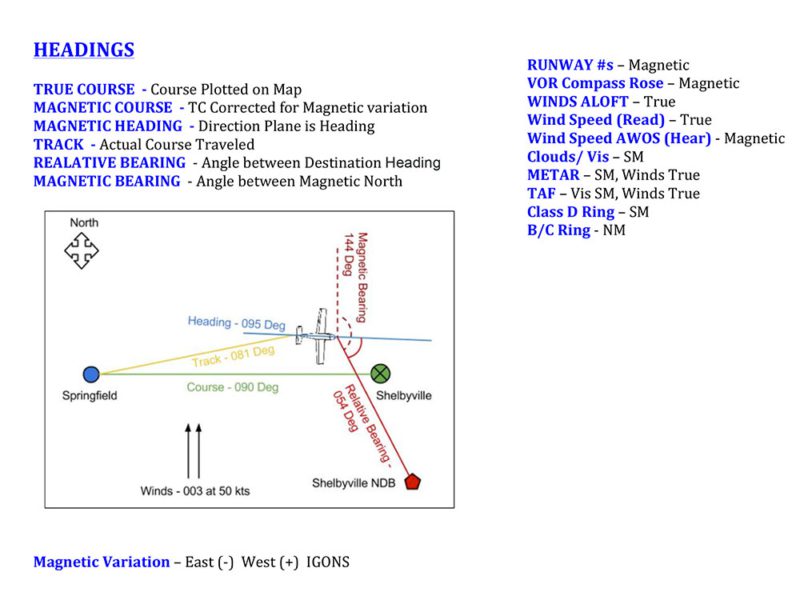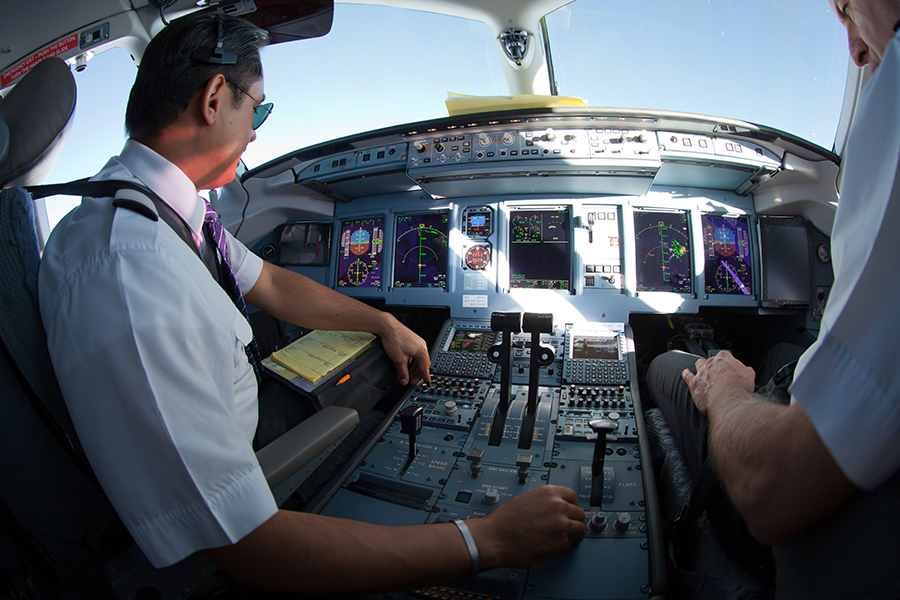Heading Vs Course
Heading Vs Course - The course is to be distinguished from the heading , which is the direction where the watercraft's bow or the aircraft's nose is pointed. For an airliner at cruising speed, it is usually within 5 degrees. Web so what is the difference between heading, bearing, course, and track anyways? Web 13 what is the difference between azimuth and heading? Web heading refers to the direction you are facing at any given moment. 094 degrees • add westerly variation. This may be different from your magnetic course due to winds aloft. When flight planning, the heading that i have calculated will be the based on the course and then taking into consideration winds, variation and declination. Navigating through wind, magnetic variation, and other factors requires careful calculations and. Bearing explained bearing may overlap with course and heading but it doesn’t have to. This is not always navigable for the reasons we’ve mentioned, and potentially many more. Heading is the direction the airplane is pointed, whereas track is the actual direction of the airplane tracking across the ground. Instead, they reference magnetic headings and bearings. Web course is typically a straight line between two points. Heading is where you have to point the. However, in real conditions (e.g. As nouns the difference between heading and course is that heading is the title or topic of a document, article, chapter, or of a section thereof while course is. Web when traveling a course, your heading usually is the same as the course bearing, but it doesn’t have to be. If you could go in. Web 13 what is the difference between azimuth and heading? Instead, they reference magnetic headings and bearings. Navigation requires knowing the lay of the land; Heading is different from course and bearing as it only refers to the direction you are pointing towards. Heading is where you have to point the aircraft to fly that line. Magnetic heading is where the airplane is pointed. Web when do we use true course and heading? Web when traveling a course, your heading usually is the same as the course bearing, but it doesn’t have to be. Navigating through wind, magnetic variation, and other factors requires careful calculations and. Web heading refers to the direction you are facing at. Your course heading needs to adjust and often is based around a reference point. Web 13 what is the difference between azimuth and heading? Navigating through wind, magnetic variation, and other factors requires careful calculations and. This will be different from the magnetic course due to winds aloft. How does that differ from heading? 12 first, i'll try for the 50 words or less: 094 degrees • add westerly variation. This is the most commonly used (and misused) term to describe where the nose of the aircraft is pointing relative to the north, without considering any other factor. This is not always navigable for the reasons we’ve mentioned, and potentially many more. Web 5. 094 degrees • add westerly variation. The truth is that pilots only refer to the true course and true heading during the planning stages of a flight. One’s position, heading, and speed; This is where the plane is pointing relative to magnetic north. Magnetic course is the airplane’s course across the ground, relative to magnetic north. This is the most commonly used (and misused) term to describe where the nose of the aircraft is pointing relative to the north, without considering any other factor. Heading is the direction the airplane is pointed, whereas track is the actual direction of the airplane tracking across the ground. Heading is where you have to point the aircraft to fly. Web 5 answers sorted by: I rarely hear it used. This will be different from the magnetic course due to winds aloft. Heading is where you have to point the aircraft to fly that line. At least seven ways to measure the heading of a vehicle have been described. The course is to be distinguished from the heading , which is the direction where the watercraft's bow or the aircraft's nose is pointed. This will be different from the magnetic course due to winds aloft. The truth is that pilots only refer to the true course and true heading during the planning stages of a flight. Let's look at. Let's look at the obvious first. This difference is called drift angle. Heading is where you have to point the aircraft to fly that line. Web tacoma — moments like saturday are ones the camas girls basketball team takes time to savor over the course of a long season. Depending on the specific circumstances, however, the drift angle can be bigger. As nouns the difference between heading and course is that heading is the title or topic of a document, article, chapter, or of a section thereof while course is. When flight planning, the heading that i have calculated will be the based on the course and then taking into consideration winds, variation and declination. Web in this video, we explore heading both true and magnetic as well as how it is similar and different from track and course. The difference is known as the drift, and can be determined by the wind triangle. And how they are being affected by external forces. Web heading refers to the direction you are facing at any given moment. Heading is the direction the airplane is pointed, whereas track is the actual direction of the airplane tracking across the ground. One’s position, heading, and speed; The course is to be distinguished from the heading , which is the direction where the watercraft's bow or the aircraft's nose is pointed. Navigating through wind, magnetic variation, and other factors requires careful calculations and. How does that differ from heading?
Formatting MLA Headings & Subheadings Guide Capitalize My Title

APA vs MLA Style The Key Differences in Format and Citation

Heading vs Track Duncan Steel

What Is The Difference Between A Course And A Heading

Course Vs Heading [Why You Should Take Into Consideration The WInd

True and Course Courses and Headings in Navigation (Part 1/2

True Course vs True Heading Understanding the Difference When Flying

navigation What are the differences between Bearing vs Course vs

True Course vs True Heading Understanding the Difference When Flying

True, and Compass Heading Courses and Headings in Navigation
Web The Difference Between A True Heading And A Magnetic Heading Is That The Magnetic Heading Is The Direction Read Off The Magnetic Compass, Corrected By Using The Compass Card.
If You Could Go In A Straight Line To Your Destination, This Would Be The Most Direct Way Of Getting There.
This Will Be Different From The Magnetic Course Due To Winds Aloft.
Your Magnetic Heading, Corrected Via Use Of The Compass Card, Can Be Read From The Airplane’s Compass.
Related Post: